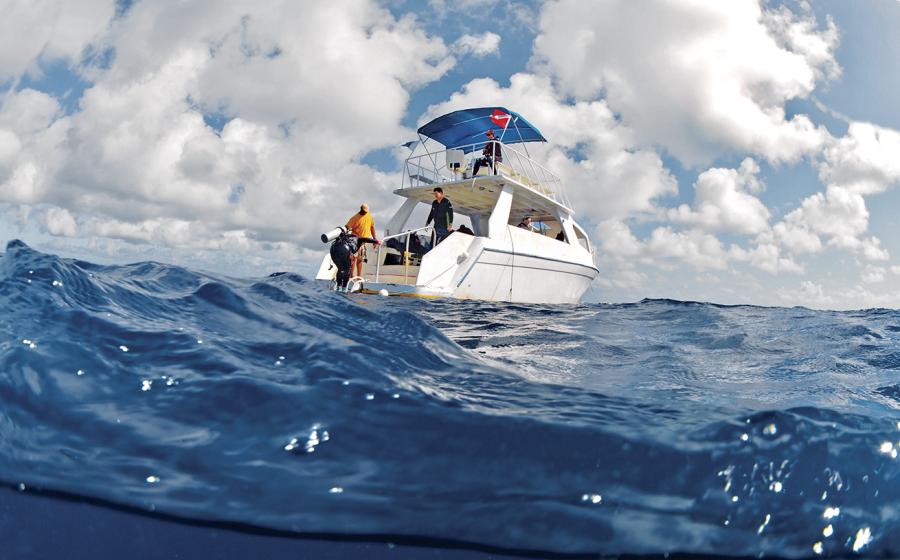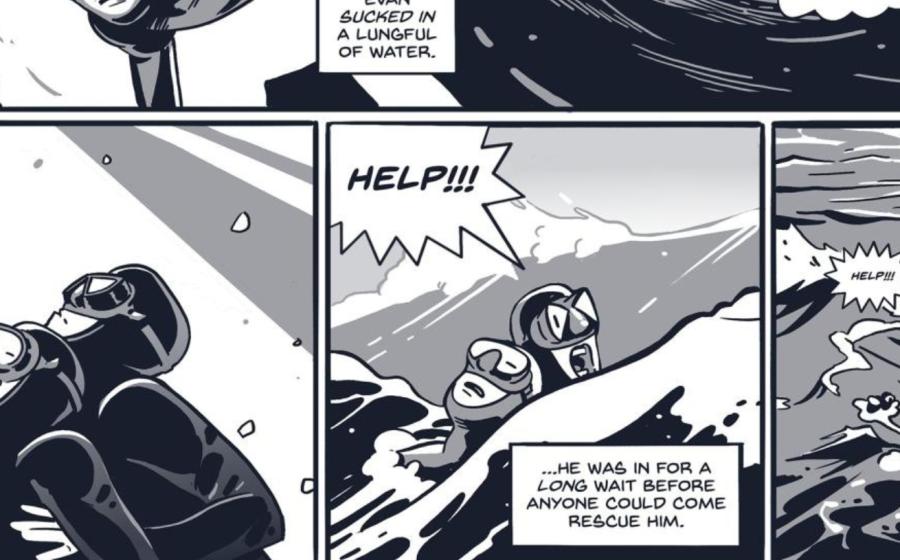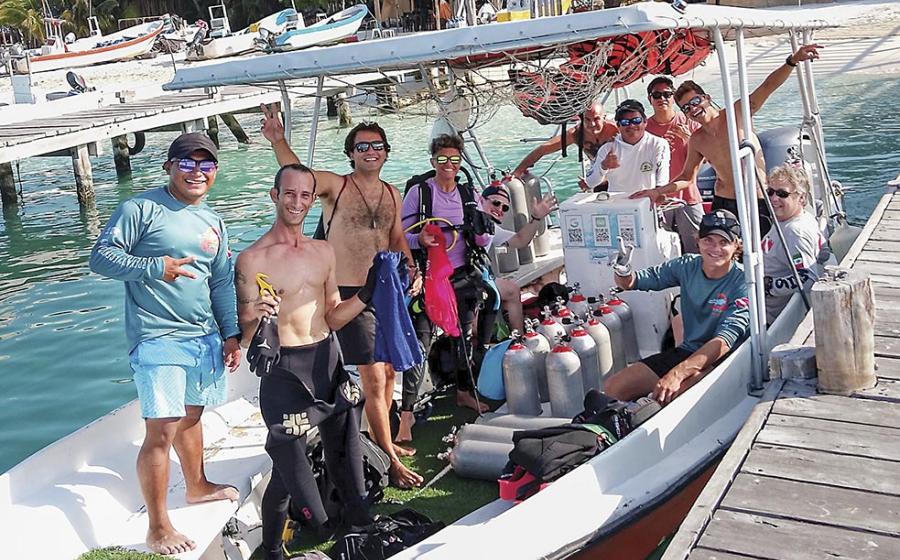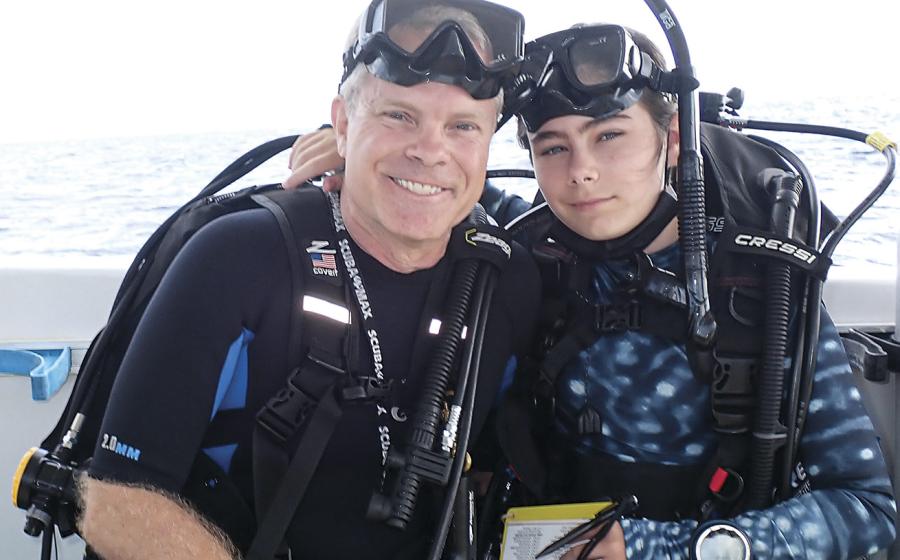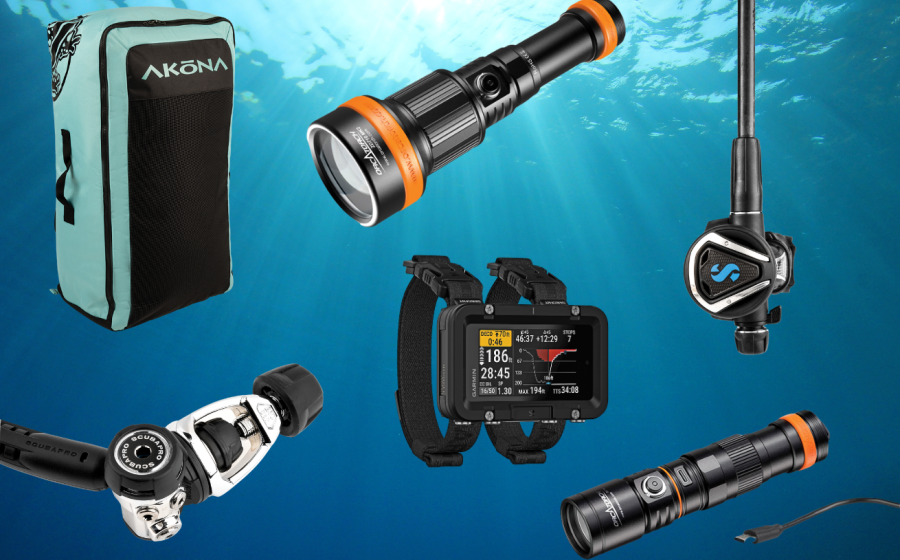How To Care For a Camera Housing
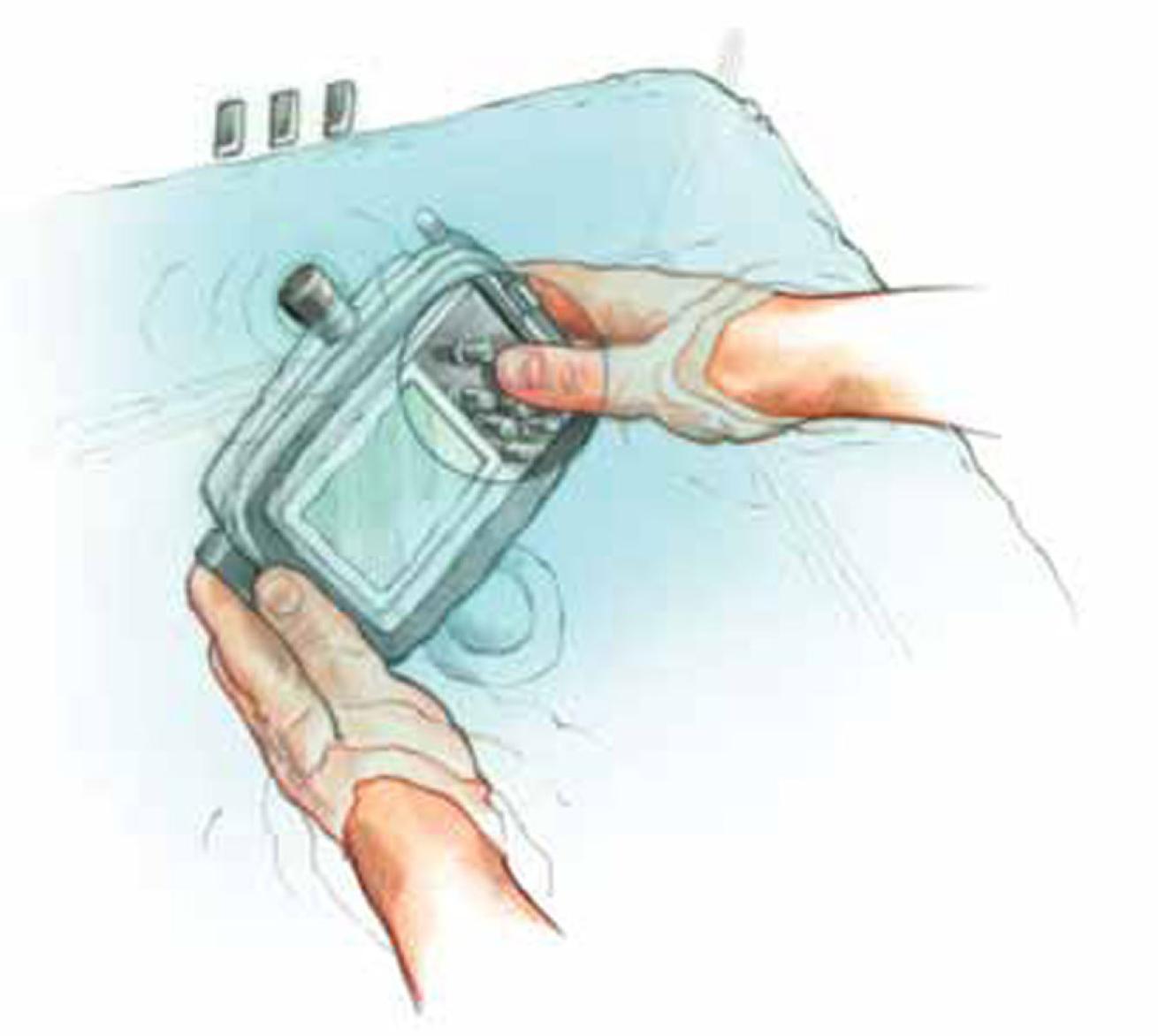
Maintenance for your housing starts before you go diving. At the start of a trip, it’s a good idea to remove the sealing O-ring from its groove and apply a small amount of the supplied O-ring grease.
It’s important to check the O-ring for any hair, sand, lint or other debris that might interfere with creating a seal. This should be done while applying a light coating of grease to the O-ring, and every time you open and close your housing. While doing so, confirm that the O-ring is seated properly in its groove.
Keep your housing out of the sun to prevent camera fogging. The best sunscreen for your camera system is a damp towel — if you’re out in the hot sun, just place the towel over your housing. Always keep a couple of desiccants in the housing to help prevent it from fogging.
Never leave your housing in the camera-only rinse bucket unattended as this is where the most flooding occurs. People ofter throw their cameras into a busket or will mishandle your system to make room for theirs. Both can lead to leaks. If there isn't enough room for all the cameras to fit without stacking them, ask the crew to find another rinse bucket.
After your dive is over, it’s important that you rinse your housing in fresh water to flush away all the salt water. Dip your housing in the rinse bucket of fresh water, and depress the control buttons in order to make sure all the salt is removed from the small crevices. This prevents hardened salt crystals from forming in your housing.
All housings require some long-term maintenance. Follow the manufacturer's recommendations for routine maintenance, such as replacing the O-rings and sending the housing in for a checkup. This should help you avoid costly repairs.
-Want to learn more about underwater housings? Read [5 Things to Know About Underwater Housings HERE](5 Things You Need to Know About Underwater Housings).
-Learn about the 3 Basic Types of Cameras HERE.
-Ready to start shopping? Here's our gallery of the Best Underwater Cameras and Accessories.





